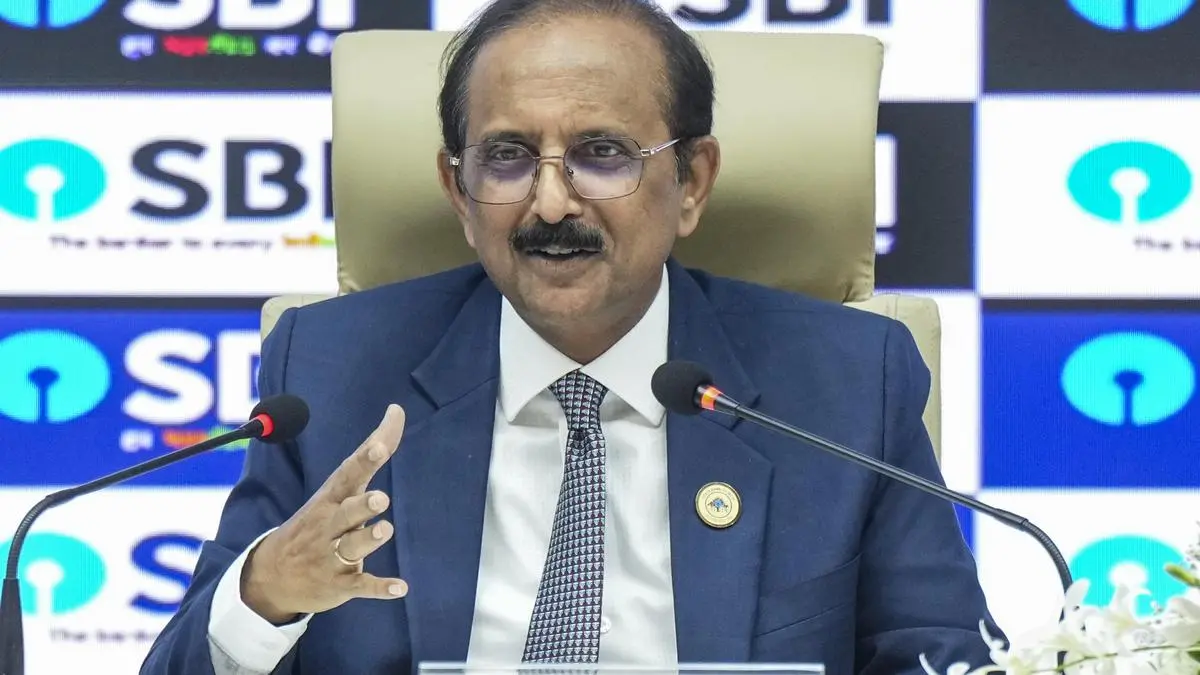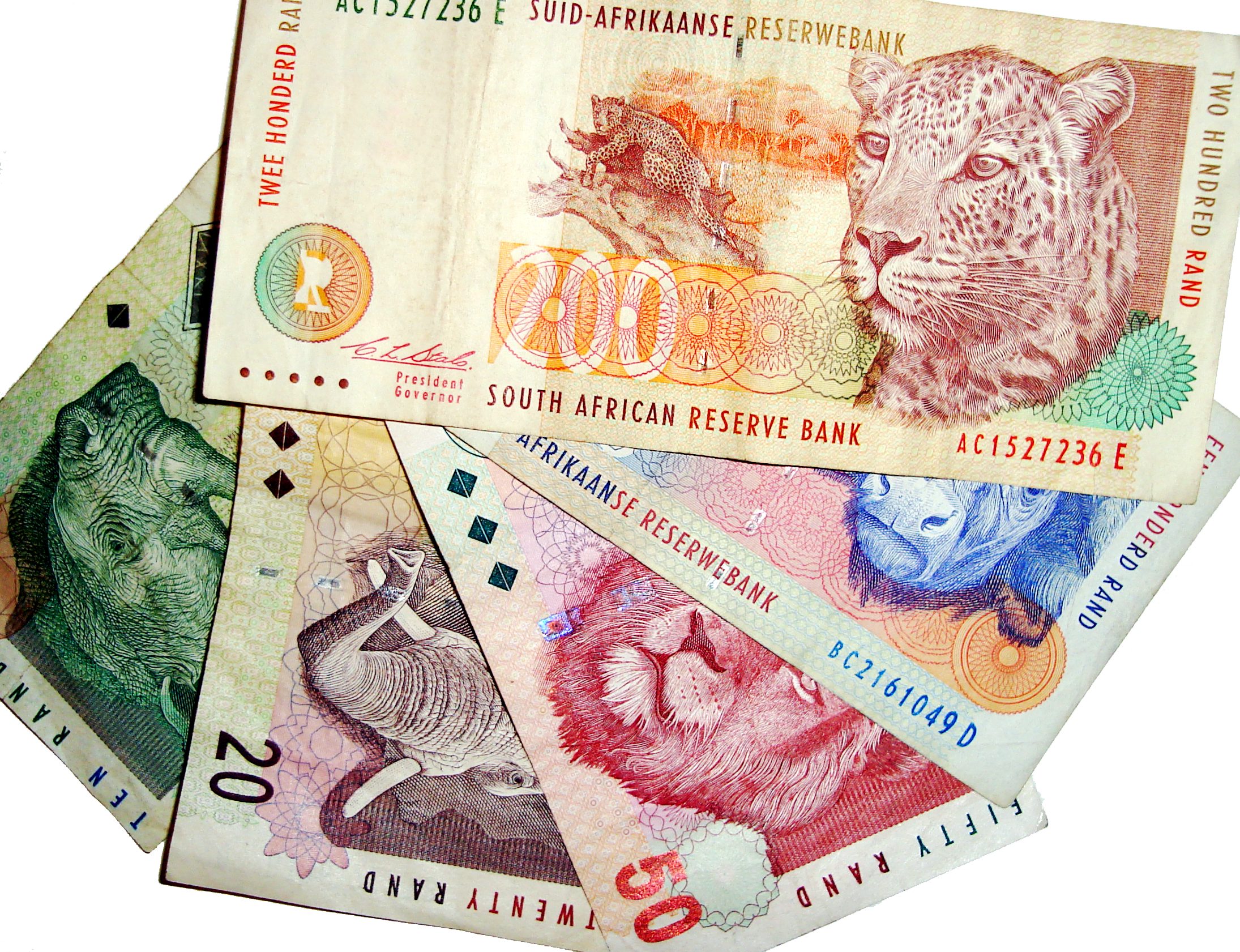Copyright thehindubusinessline

The country’s largest lender, State Bank of India, on Tuesday reported a 10 per cent year-on-year (y-o-y) rise in net profit for the quarter ended September at ₹20,160 crore. This was led by one-time gain of ₹4,593 crore following SBI’s stake sale in YES Bank. In September, SBI divested its 13 per cent stake in YES Bank to Japanese lender Sumitomo Mitsui Banking Corp (SMBC) for ₹8,889 crore. SBI continues to hold around 11 per cent stake in YES Bank currently and is yet to consider further stake sale in YES, per management. Core business SBI’s net interest income (NII) or core income was up 3 per cent y-o-y at ₹42,984 crore, while other income was up 30 per cent to ₹19,919 crore, boosted by the one-time gain of YES Bank stake sale. Net interest margin (NIM) was also up 7 basis points (bps) sequentially at 2.97 per cent in Q2. “As far as deposit growth is concerned and also the interest rates, I think currently we have not looked at any re-adjustments of interest rates. Probably, we will look at it based on changes in policy repo rate...what we are calibrating is rate of interest on wholesale deposits, obviously that is reflected in our cost of deposit going down. On NIM, it will be similar to also quarter of last fiscal year, above 3 per cent is our guidance and we are sticking to that,” said CS Setty, Chairman, SBI. Growth, asset quality outlook During Q2, SBI’s advances grew 13 per cent y-o-y to ₹44.19 lakh crore, while deposits rose 9 per cent to ₹55.91 lakh crore, enabling the bank’s balance sheet to cross ₹100-lakh crore mark. Considering the regulatory changes and fiscal stimulus, the bank revised upwards credit growth guidance for current fiscal to 12-14 per cent from 11 per cent earlier. The bank has around ₹7 lakh crore of corporate loan in pipeline, SBI MD Ashwini Tewari said. Further, the bank’s gross and net non-performing asset ratio improved to 1.73 per cent and 0.42 per cent in Q2 from 1.83 per cent and 0.47 per cent last quarter, respectively. Slippage ratio was down 15 bps sequentially to 0.60 per cent in Q2, while credit cost was 4 bps lower at 0.43 per cent. Published on November 4, 2025



